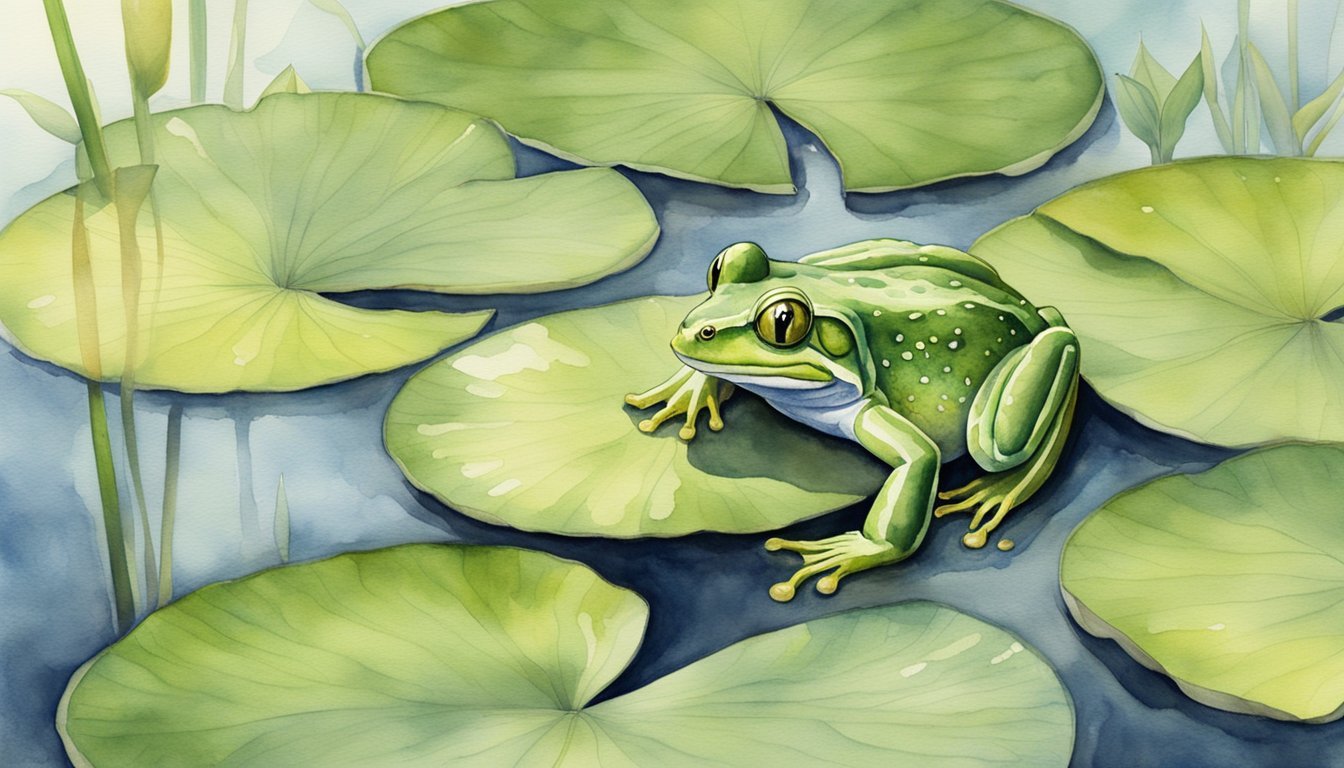Amphibian Fundamentals
Amphibians are an essential part of our planet’s biodiversity, offering a unique glimpse into the life cycles and adaptations that allow for a dual existence between water and land. This section explores their diversity, anatomical features, and life cycle, emphasizing how these cold-blooded vertebrates evolved to thrive in various habitats.
Diversity of Amphibians
The class Amphibia boasts an impressive array of species, including frogs, salamanders, and caecilians. With over 7,000 described species, amphibians inhabit a range of ecosystems from tropical rainforests to arctic tundra. The order Anura encompasses all frogs and toads, Caudata includes salamanders and newts, while Gymnophiona is made up of the limbless caecilians. Their global distribution reflects their versatile adaptability to both aquatic and terrestrial environments.
Anatomical Features
Amphibians possess specific anatomical features that distinguish them from reptiles and other vertebrates. Their moist skin is a hallmark characteristic, allowing for cutaneous respiration alongside their lungs. This adaptation is critical for their survival in both aquatic and terrestrial habitats. Members of Caudata, like salamanders, often feature elongated bodies with tails and may have a more direct mode of life, sometimes foregoing the tadpole stage. On the other hand, Anura, such as frogs and toads, have powerful hind legs adapted for leaping, and many undergo a well-known metamorphosis from water-bound tadpoles to land-loving adults.
Life Cycle and Reproduction
Amphibians are renowned for their fascinating reproductive process, which typically includes a form of metamorphosis. Starting from aquatic eggs, amphibians like frogs and toads pass through a larval stage – tadpoles – which eventually transform into adults with developed lungs for a terrestrial lifestyle, though some species are entirely aquatic throughout their lives. Salamanders, part of the order Caudata, may display more varied reproductive strategies, with some bypassing the larval stage completely. The dependency on water for reproduction is a unifying trait among most amphibians, necessitating access to freshwater habitats for laying eggs and the initial growth of their young.
Physiology and Adaptation

Amphibians exhibit a fascinating array of physiological characteristics that enable them to survive and thrive across diverse environments. From specialized respiratory systems to distinct sensory organs, these creatures’ adaptations are key to their persistence through evolutionary time.
Respiratory Systems
Amphibians like the Order Anura, which includes tree frogs, and the Order Caudata, to which the fire salamander belongs, display a variety of respiratory strategies. For instance, the Order Gymnophiona, encompassing limbless creatures commonly called caecilians, rely mainly on cutaneous respiration, where gas exchange occurs through the skin. This process necessitates a moist environment to facilitate effective diffusion of oxygen and carbon dioxide. Certain species, such as the giant salamander and the fire salamander, have well-developed lungs, whereas others like the lungless salamanders of the family Plethodontidae rely entirely on cutaneous respiration.
Adaptation to Environments
Throughout their evolutionary history, starting from their sarcopterygian fish ancestors, amphibians have adapted to a wide range of habitats. The Chinese giant salamander, the world’s largest amphibian, has evolved to live in cool, fast-flowing streams, while arboreal species such as tree frogs possess specialized pads on their fingers and toes to aid in gripping onto branches. The subclass Lissamphibia, which encompasses most modern amphibians, showcases diverse morphologies from the finned sirens to robust musculature suited for burrowing or leaping.
Sensory Organs and Functions
The sensory world of amphibians is equally diverse and complex. Vision plays a crucial role, with some species like the fire salamander possessing green rods in their retinas to enhance night vision. On the other hand, the world of amphibian hearing relies on more than just auditory capabilities; the entire body can act as a medium for sound transmission. An amphibian’s skin is not only a respiratory organ but also a medium for detection of vibrations, essential for survival in both terrestrial and aquatic settings. Importantly, many species, including the notorious poison dart frogs, have developed toxic skin secretions as a defense mechanism against predators.

